![Hogfish or Hog Snapper, Sanibel Fishing & Captiva Fishing, Sanibel Island, Sunday, December 10, 2017, [File Photo - Wednesday, February 8, 2017].](https://i0.wp.com/captivafishing.net/wp-content/uploads/2017/02/Hogfish-Hog-Snapper-2-9-17-e1492903378601.jpg?fit=690%2C421&ssl=1)

Sanibel Fishing & Captiva Fishing, Hogfish or Hog Snapper!

Sanibel Fishing & Captiva Fishing, Sanibel Island, Sunday, April 23: Hogfish or Hog Snapper; latest Red Tide Report; better water moving north of Sanibel up through Captiva & North Captiva. Please click here to Book A Charter or call 239-472-8658.
We’re located at Castaways Marina, Santiva, Sanibel Island, just before the Blind Pass bridge to Captiva Island.
For more photos and/or fishing reports from our other Captains’ boats from other marinas, please also visit our Sanibel, Fort Myers, Seashell & Shelling, Florida Fishing Report and Cuban Fishing sites. Please check here for Live Sanibel Traffic Cams. Click here for College Of Fishing Hats & Apparel.

“The hogfish or hog snapper (Lachnolaimus maximus), is a species of wrasse native to the western Atlantic Ocean, with a range from Nova Scotia, Canada to northern South America, including the Gulf of Mexico. This species occurs around reefs, especially preferring areas with plentiful gorgonians. This species is currently the only known member of its genus.[2]

The hogfish is characterized by a large, laterally compressed body shape. It possesses a very elongated snout which it uses to search for crustaceans buried in the sediment. This very long “pig-like” snout and its rooting behavior give the hogfish its name. The caudal or tail fin is somewhat lunate and the pectoral fins are along the lateral sides of the body with the paired pelvic fins directly below. A prominent black spot behind the pectoral fins differentiates males from females. The dorsal fin usually is composed of three or four long dorsal spines followed by a series of shorter dorsal spines. It is a carnivore. It mainly feeds on small crustaceans.[citation needed]

Like many wrasses, the hogfish is a sequential hermaphrodite, which means it changes sex during different life stages. The hogfish is a protogynous, “first female” hermaphrodite: juvenile hogfish start out as female and then mature to become male. The change usually occurs around three years of age and about 14 inches in length.[3] Females and juveniles will usually start out as pale gray, brown, or reddish-brown in color, with a paler underside and no distinct patterns.

Males are distinguished by a deep, dark band spanning from the snout to the first dorsal spine, as well as by a lateral black spot behind the pectoral fins. Hogfish reach a maximum of 91 cm (36 in) in total length and about 11 kg (24 lb) and have been recorded to live up to 11 years.[4] Spawning in South Florida occurs from November through June.[5] Hogfish social groups are organized into harems where one male will mate and protect a group of females in his territory.

Hogfish is a commonly targeted species for many spear and reef fisherman and is regarded highly by many for its taste and food value. In 2007, the Florida landings of hogfish totaled 306,953 pounds.[6] The fish stocks are regulated by the South Atlantic Fishery Management Council and Florida Fish and Wildlife Conservation Commission. Bag, size, and gear limits all have been placed on this species to ensure a healthy stock and to protect it from overfishing.” More background here.

“The Florida Fish and Wildlife Conservation Commission (FWC) approved several conservation measures that are consistent with federal rules and set a new state management boundary for hogfish at the Thursday, November 17, 2016 meeting in St. Petersburg.
‘Hogfish is an economically important species that is popular with the diving and angling community,’ said Chairman Brian Yablonski. ‘This was not an easy decision, but will help balance the species’ needs while still offering opportunities for anglers.’

Hogfish is overfished and undergoing overfishing in the Florida Keys and east Florida. Federal law requires the South Atlantic Fishery Management Council to end overfishing immediately and implement a 10-year rebuilding plan.
Because most hogfish off the Keys and east Florida are taken in Florida state waters, consistency with similar regulations pending approval in Atlantic federal waters is necessary to rebuild the stock.

The effective date for the state waters changes has not been determined but once confirmed, a date will be posted on MyFWC.com and will be sent out via an additional press release.

The new state management boundary between the Keys/east Florida and Gulf stocks will be at 25 degrees 9 minutes north latitude (a line due west of Cape Sable, which is on the Gulf side of Florida). Once effective, hogfish north of Cape Sable will be managed as Gulf hogfish, and hogfish south of that line, around the tip of Florida and up the Atlantic coast, will be managed as Atlantic hogfish. Prior to this change, the boundary for hogfish was a line following U.S. Highway 1 in the Florida Keys. This new management boundary line is closer to where Gulf and Atlantic hogfish stocks naturally separate as determined by a recent genetic study.

Other approved conservation changes include:
- Lowering the Atlantic recreational daily bag limit from five to one fish per harvester.
- Setting an Atlantic recreational harvest season of May 1 through Oct. 31.
- Increasing the Atlantic recreational and commercial minimum size limit from 12 to 16 inches fork length.
- Increasing the Gulf recreational and commercial minimum size limit from 12 to 14 inches fork length.
- Setting the minimum importation and sale size limit to 14 inches fork length statewide.

The size limit increase and the recreational season will allow Atlantic hogfish more opportunities to spawn before entering the fishery and, along with a bag limit change, will help rebuild the Keys/east Florida hogfish population to sustainable levels.

The size limit change for Gulf state waters is also consistent with pending regulations for federal waters of the Gulf of Mexico. The Gulf stock is healthy, but stakeholders requested an increase in the minimum size limit as a conservation measure to give hogfish additional spawning opportunities.
Visit MyFWC.com/Fishing and click on ‘Saltwater Fishing,’ “Recreational Regulations” and “Hogfish” for more.”

Please click calendar at upper right or call 239-472-8658 to book a charter.
Whether you’re a longtime customer who has fished with us for many years or a first-time customer, expert fisherman or just a family with young children out to catch fish and have fun, you are going to enjoy being out in the boat with Hank and me! We greatly appreciate your friendship and business!
We grew up on Sanibel and Captiva fishing and shelling every day! It is what we know and do well! If you had a good time fishing with Captain Joey Burnsed on a Sanibel & Captiva charter, please post an “excellent” review on Google Places, TripAdvisor, Yelp, or Facebook! If you had any issues at all with your charter, please let us know immediately and we’ll do everything we can to make it right! Huge thanks for doing this!
And you can like us on Facebook.
Fair winds and following seas,
Captain Joey Burnsed ~ please click calendar at the upper left or call 239-472-8658 to book a Sanibel & Captiva Islands, Boca Grande or Fort Myers fishing guide trip or shelling charter.
![Hogfish or Hog Snapper, Sanibel Fishing & Captiva Fishing, Sanibel Island, Sunday, December 10, 2017, [File Photo - Wednesday, February 8, 2017].](https://captivafishing.net/wp-content/uploads/wordpress-popular-posts/13104-featured-360x260.jpg)
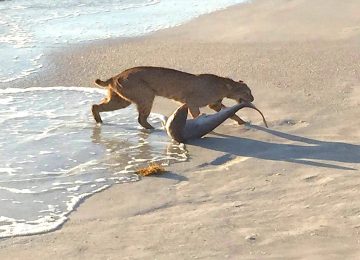
![Hogfish or Hog Snapper, Sanibel Fishing & Captiva Fishing, Sanibel Island, Sunday, December 10, 2017, [File Photo - Wednesday, February 8, 2017].](https://captivafishing.net/wp-content/uploads/wordpress-popular-posts/11558-featured-360x260.jpg)
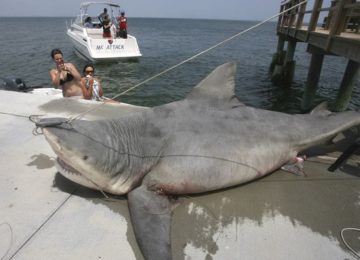
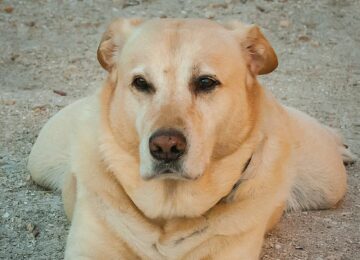
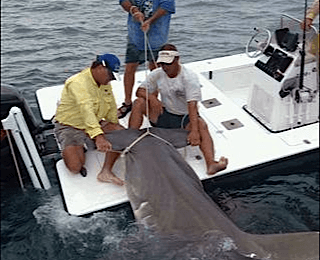
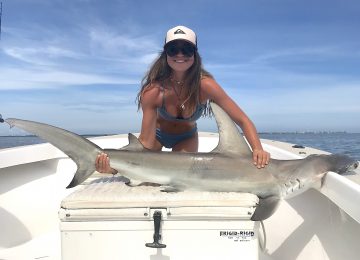
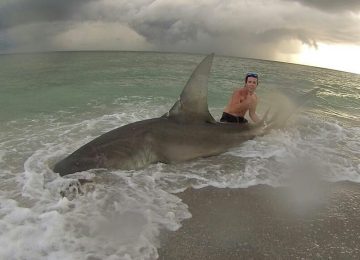
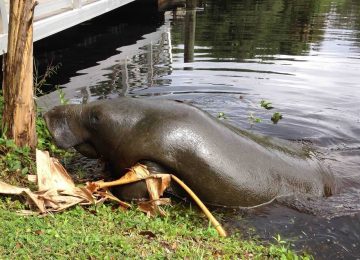
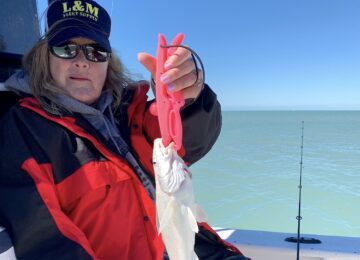
![Goliath grouper, Sanibel & Captiva Islands & Fort Myers Charters & Fishing Guide Service, Thursday, November 2, 2017, [August 16, 2012].](https://captivafishing.net/wp-content/uploads/wordpress-popular-posts/11711-featured-360x260.jpg)

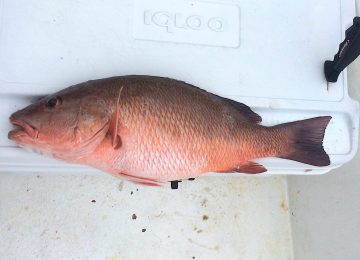
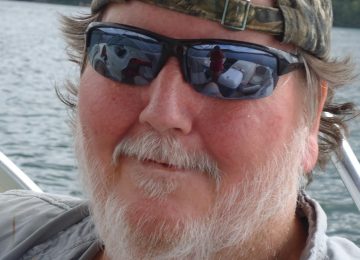
![Hogfish or Hog Snapper, Sanibel Fishing & Captiva Fishing, Sanibel Island, Sunday, December 10, 2017, [File Photo - Wednesday, February 8, 2017].](https://captivafishing.net/wp-content/uploads/wordpress-popular-posts/11143-featured-360x260.jpg)
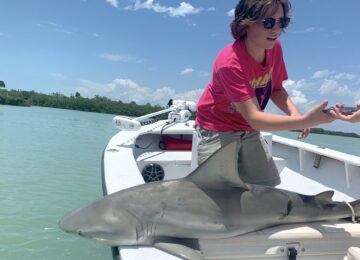
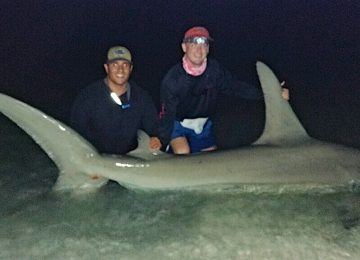
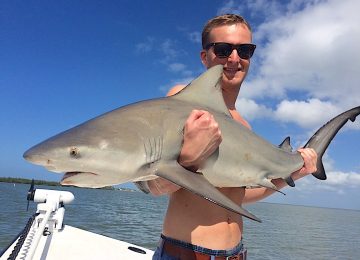
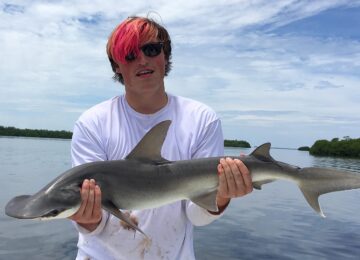
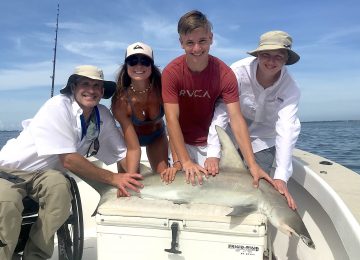
![Schoolmaster Snapper, Sanibel Fishing & Captiva Fishing, Sanibel Island, Thursday, January 11, 2018, [File Photo - Thursday, December 28, 2017].](https://captivafishing.net/wp-content/uploads/wordpress-popular-posts/13203-featured-360x260.jpg)
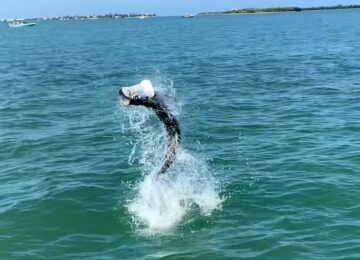
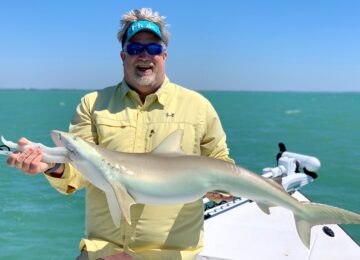
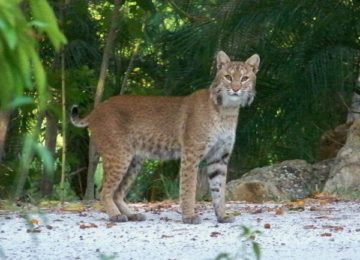
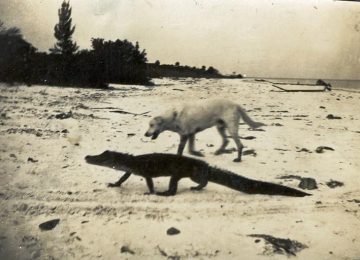
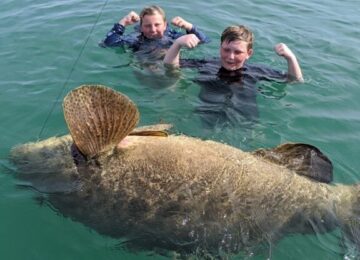
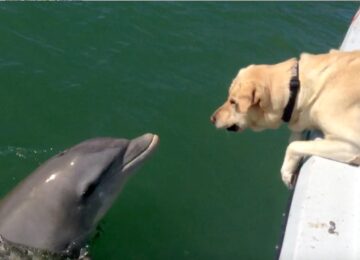















You must be logged in to post a comment.